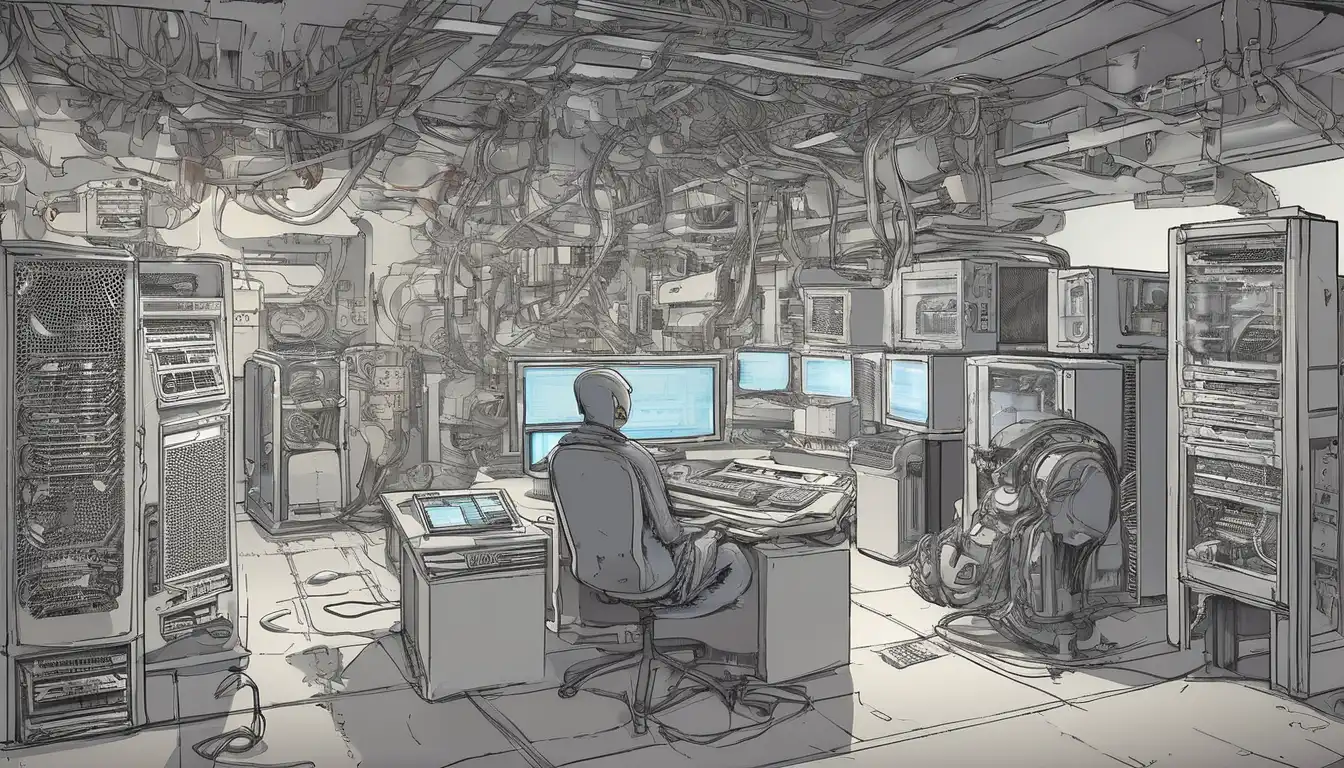Understanding Your Computing Needs
Before diving into specific components, it's crucial to assess your primary use case for the computer. Are you building a gaming rig, a workstation for content creation, or an everyday productivity machine? Each scenario demands different component priorities and budget allocations. For gaming enthusiasts, the graphics card becomes the centerpiece, while content creators might prioritize CPU performance and RAM capacity. Understanding your needs upfront prevents overspending on unnecessary features or underinvesting in critical areas.
Processor (CPU) Selection
The CPU serves as the brain of your computer, handling all computational tasks. When choosing a processor, consider core count, clock speed, and thermal design power (TDP). Modern applications benefit from multiple cores, making 6-core processors ideal for gaming and 8-core or higher processors better suited for multitasking and professional workloads. Check our CPU comparison guide for detailed performance metrics across different price points.
Key CPU Considerations
- Socket compatibility with your chosen motherboard
- Integrated graphics vs. dedicated GPU requirements
- Overclocking capabilities if you plan to push performance limits
- Future-proofing with adequate core count for upcoming software
Graphics Card (GPU) Decisions
For gaming and graphic-intensive applications, the GPU is arguably the most important component. Modern GPUs come with varying amounts of VRAM, with 8GB being the current sweet spot for 1080p gaming and 12GB+ recommended for 1440p or 4K resolutions. Consider your monitor's resolution and refresh rate when selecting a graphics card. Ray tracing capabilities and DLSS/FSR support are becoming increasingly important features in modern games.
Motherboard Compatibility
The motherboard acts as the foundation that connects all your components. Key factors include the chipset, which determines CPU compatibility and feature support, and the form factor (ATX, micro-ATX, mini-ITX) that dictates case size requirements. Ensure your motherboard has adequate connectivity options, including USB ports, M.2 slots for fast storage, and sufficient PCIe lanes for expansion cards. Our motherboard buying guide covers these considerations in detail.
Essential Motherboard Features
- VRM quality for stable power delivery to the CPU
- Memory support speed and capacity
- Built-in Wi-Fi and Ethernet capabilities
- Audio codec quality for gaming and media consumption
Memory (RAM) Requirements
System memory directly impacts multitasking capability and application performance. For most users, 16GB of DDR4 or DDR5 RAM provides a solid foundation, while 32GB is recommended for content creation and heavy multitasking. Pay attention to memory speed (measured in MHz) and timings, as these affect overall system responsiveness. Ensure your chosen RAM kit is compatible with your motherboard's supported speeds and capacities.
Storage Solutions
Modern storage options include NVMe SSDs, SATA SSDs, and traditional hard drives. NVMe drives offer the fastest boot times and application loading, making them ideal for your operating system and frequently used programs. Consider a tiered storage approach: a fast NVMe SSD for your OS and applications, complemented by a larger SATA SSD or HDD for mass storage of games, media files, and documents.
Power Supply Unit (PSU) Selection
Often overlooked, the power supply is critical for system stability and longevity. Choose a PSU with adequate wattage headroom (typically 100-200W above your system's estimated maximum draw) and high efficiency rating (80 Plus Bronze or better). Modular PSUs simplify cable management, while high-quality units from reputable brands ensure reliable power delivery and protection against voltage fluctuations.
Power Supply Considerations
- Wattage requirements based on your component selection
- Efficiency certification (80 Plus Bronze, Gold, Platinum)
- Cable management options (modular vs. non-modular)
- Warranty length as an indicator of quality
Cooling Solutions
Proper cooling maintains component longevity and performance. Air coolers offer reliable performance at lower price points, while liquid cooling systems provide superior thermal management for overclocked systems. Consider case airflow, fan placement, and thermal paste quality when planning your cooling strategy. Adequate cooling becomes increasingly important in smaller form factor builds where space is limited.
Case Selection and Airflow
The computer case houses all your components and affects both aesthetics and thermals. Consider front panel connectivity, drive bay availability, and cable management features. Good airflow design with mesh front panels and multiple fan mounting points helps maintain optimal operating temperatures. Our PC case recommendations cover various budgets and form factors.
Budget Allocation Strategy
Effective component selection involves smart budget distribution. Allocate approximately 30-40% of your budget to the GPU for gaming builds, 15-20% to the CPU, and distribute the remaining funds across other components based on your specific needs. Avoid overspending on RGB lighting or premium aesthetics at the expense of core performance components.
Future-Proofing Considerations
While technology evolves rapidly, certain components offer better longevity. Investing in a quality power supply, case, and cooling solution pays dividends across multiple system upgrades. Choose a motherboard with modern connectivity options and consider component upgrade paths when making initial purchases.
Compatibility Checking
Before purchasing, verify component compatibility using online tools or manual checks. Ensure your CPU socket matches the motherboard, RAM is supported, the GPU fits in your case, and the PSU provides adequate connectors. Many retailers and manufacturer websites offer compatibility checkers to simplify this process.
Final Assembly Tips
When assembling your components, work on a static-free surface and handle parts carefully. Install the CPU, RAM, and M.2 drives on the motherboard before mounting it in the case. Route cables neatly for optimal airflow and aesthetics. Test your system outside the case first to identify any issues before final assembly.
Choosing the right computer components requires careful consideration of your needs, budget, and future plans. By understanding each component's role and how they work together, you can build a system that delivers optimal performance for your specific use case. Remember that component selection is a balancing act between performance, budget, and future upgradeability.
